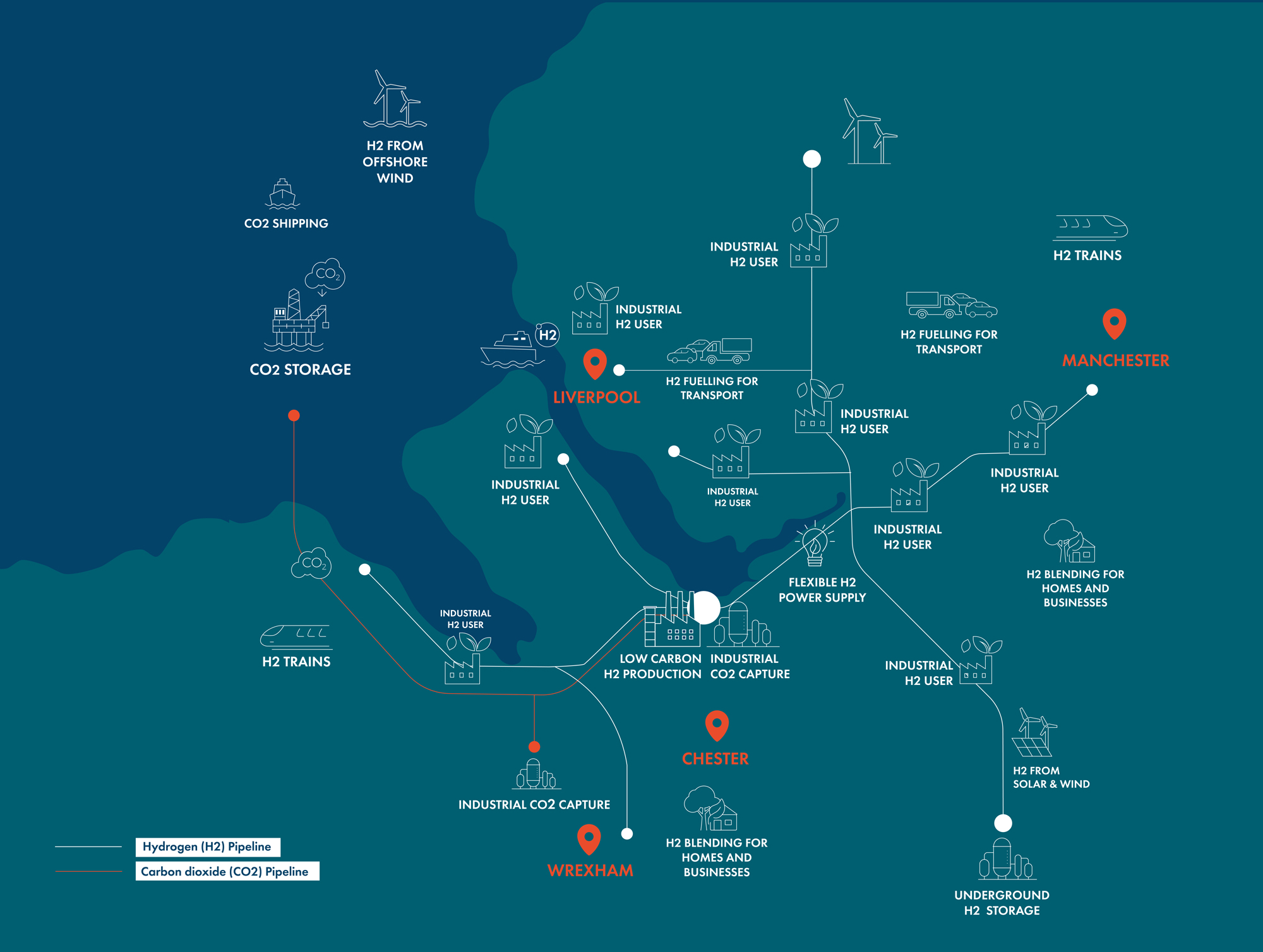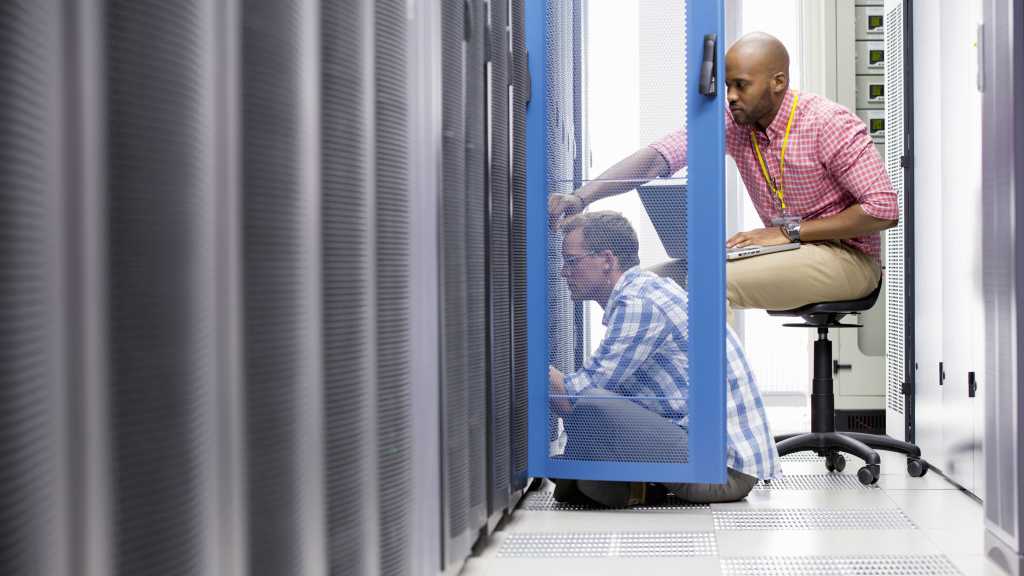Clara Brenner, MBA ’12, arrived in Cambridge on the lookout for a business partner. She wanted to start her own company—and never have to deal with a boss again. She would go it alone if she had to, but she hoped to find someone whose skills would complement her own.
It’s a common MBA tale. Many people attend business school with hopes of finding the one. Building that relationship is so important to a company’s foundation that it’s been described in romantic terms: Networking is akin to dating around, and some view settling down with a business partner as a marriage of sorts.
Brenner didn’t have to look for long. She met her match—Julie Lein, MBA ’12—soon after arriving at Sloan more than a decade ago. But their first encounter wasn’t exactly auspicious. In fact, their relationship began with an expletive.
Lein was sitting at a card table in a hallway in E52, glumly selling tickets to a fashion show featuring work-appropriate clothes for women—at that time, the marquee event for Sloan’s Women in Management Club, and one that both Lein and Brenner thought was patently absurd.
Lein had no interest in attending, but she wanted to support the club’s mission of boosting women in business. “She looked very miserable,” says Brenner. Lein asked if she wanted to buy a ticket, Brenner recalls, and “I think I said, ‘F*** no.’”
“We both bonded over the fact that this was such a stupid idea,” says Lein. (The fashion show has since been retired, in part thanks to Lein and Brenner’s lobbying.)
Today, the two run the Urban Innovation Fund, a San Francisco–based venture capital firm that has raised $212 million since 2016 and invested in 64 startups addressing the most pressing problems facing cities. It has supported businesses like Electriphi, a provider of EV charging and fleet management software, which was acquired by one of the biggest names in the auto industry. And it funds companies focused on helping kids learn to code, providing virtual tutoring services, offering financing for affordable housing, and more. The companies in its portfolio have a total value of $5.3 billion, and at least eight have been acquired thus far.
Though Brenner and Lein hit it off quickly, they weren’t an obvious fit as business partners. Brenner arrived at Sloan after weathering an early career in commercial real estate just after the 2008 financial crash. She hoped to start her own company in that industry. Lein, on the other hand, had worked in political polling and consulting. She initially planned to get an advanced policy degree, until a mentor suggested an MBA. She hoped to start her own political polling firm after graduation.
Ultimately, though, their instant kinship became more important than their subject matter expertise. Brenner, says Lein, is “methodical” and organized, while she “just goes and executes” without overthinking. Their relationship—in business, and still as close friends—is rooted in trust and a commitment to realizing the vision they’ve created together.
“We were able to see that … our skills and style were very complementary, and we just were able to do things better and faster together,” says Brenner.
In 2012, the two teamed up to run Sloan’s second Women in Management Conference, which they had helped found the year before. It was then, they say, that they knew they would work together after graduation.
Still, they had trouble agreeing on the type of venture that made the most sense. Their initial talks involved a tug-of-war over whose area of expertise would win—real estate or policy.
But in the summer of 2011, they’d both happened to land internships at companies focused on challenges in cities—companies that would now be called “urban-tech startups,” says Brenner, though that term was not used at the time. The overlap was fortuitous: When they compared notes, they agreed that it made sense to investigate the potential for companies in that emerging space. Lyft was just getting its start, as was Airbnb. After exploring the idea further, the two concluded there was some “there” there.
“We felt like all these companies had a lot in common,” says Brenner. “They were solving very interesting community challenges in cities, but in a very scalable, nontraditional way.” They were also working in highly regulated areas that VC firms were often hesitant to touch, even though these companies were attracting significant attention.
To Brenner and Lein, some of that attention was the wrong kind; companies like Uber were making what they saw as obvious missteps that were landing in the news. “No one was helping [these companies] with, like, ‘You should hire a lobbyist’ or ‘You should have a policy team,’” says Brenner.
The two saw an opportunity to fund businesses that could make a measurable positive impact on urban life—and to help them navigate regulatory and policy environments as they grew from startups to huge companies.
Upon graduating in 2012, they launched Tumml, an accelerator program for such startups. The name was drawn from the Yiddish word tummler, often used by Brenner’s grandmother to describe someone who inspires others to action.
At the time, Brenner says, “world-positive investing” was “not cool at all” among funders because it was perceived as yielding lower returns, even though growing numbers of tech companies were touting their efforts to improve society. In another unusual move, the partners structured their startup accelerator as a nonprofit evergreen fund, allowing them to invest in companies continuously without setting a fixed end date. By the end of their third year, they were supporting 38 startups.
Tumml found success by offering money, mentorship, and guidance, but the pair realized that relying solely on fickle philanthropic funding meant the model had a ceiling. To expand their work, they retired Tumml and launched the Urban Innovation Fund in 2016 with $24.5 million in initial investments. While Tumml had offered relatively small checks and support to companies at the earliest stages, UIF would allow Brenner and Lein to supercharge their funding and involvement.
Their focus has remained on startups tackling urban problems in areas such as public health, education, and transportation. The types of companies they look for are those that drive economic vitality in cities, make urban areas more livable, or make cities more sustainable. As Tumml did, UIF provides not just funding but also consistent support in navigating regulatory challenges.
“It’s a very, very small subset of companies that can both work on a problem that, at least in our minds, really matters and be an enormous business.”
And, like Tumml, UIF has taken on industries or companies that other investors may see as risky. When it was raising its first fund, Lein remembers, they pitched a large institution on its vision, which includes investing in companies that work on climate and energy. The organization, burned by the money it lost when the first cleantech bubble burst, was extremely wary—it wasn’t interested in a fund that emphasized those areas. But Lein and Brenner pressed on. Today, climate tech remains one of the fund’s largest areas, accounting for more than a sixth of its portfolio of 64 companies (see “Urban innovation in action,” at right). In addition to Electriphi, they have invested in Public Grid, a company that gives households access to affordable clean energy, and Optiwatt, an app that helps EV drivers schedule charging at times of day when it is cheaper or cleaner.
“They took risks in areas, [including] mobility and transportation, where other people might not play because of policy and regulation risk. And they were willing to think about the public-private partnerships and what might be needed,” says Rachel Sheinbein, MBA ’04, SM ’04, a Bay Area–based angel investor who has worked with the Urban Innovation Fund on investments. “They weren’t afraid to take that on.”
Lein and Brenner have also invested in health companies like Cleancard, which is working to provide at-home testing for cancers, and startups creating workflow tools, like KarmaSuite, which has built software to help nonprofits track grants.
Meanwhile, they have cast a wide net and built a portfolio rich in companies that happen to be led by entrepreneurs from underrepresented groups: Three-quarters of the companies in UIF’s current portfolio were founded by women or people of color, and nearly 60% include an immigrant on their founding team.
When it comes to selecting companies, Brenner says, they make “very calculated decisions” based in part on regulatory factors that may affect profits. But they’re still looking for the huge returns that drive other investors.
“It’s a very, very small subset of companies that can both work on a problem that, at least in our minds, really matters and be an enormous business,” she says. “Those are really the companies that we’re looking for.”
One of the most obvious examples of that winning combination is Electriphi. When Brenner and Lein invested in the company, in 2019, the Biden administration hadn’t mandated the electrification of federal auto fleets, and the Inflation Reduction Act, which included financial incentives for clean energy, hadn’t yet been drafted. And California had yet to announce its intention to completely phase out gas-powered cars. “It was not a hot space,” says Brenner.
But after meeting with Electriphi’s team, both Brenner and Lein felt there was something there. The partners tracked the startup for months, saw it achieving its goals, and ended up offering it the largest investment, by several orders of magnitude, that their fund had ever made. Less than two years later, Ford acquired it for an undisclosed sum.
“When we were originally talking about Electriphi, a lot of people were like, ‘Eh, it’s going to take too long for fleets to transition, and we don’t want to make a bet at this time,’” Sheinbein recalls. But she says the partners at Urban Innovation Fund were willing to take on an investment that other people were “still a little bit hesitant” about. Sheinbein also invested in the startup.

Impact investing has now taken root in the building where Lein and Brenner first met. What was once an often overlooked investing area, says Bill Aulet, SM ’94, managing director of the Martin Trust Center for MIT Entrepreneurship, is now a core element of how Sloan teaches entrepreneurship.
Aulet sees Urban Innovation Fund’s social-enterprise investing strategy as very viable in the current market. “Will it outperform cryptocurrency? Not right now,” he says, but he adds that many people want to put their money toward companies with the potential to improve the world.
Lein, who worked as Aulet’s teaching assistant at Sloan for a class now known as Entrepreneurship 101, helped establish the mold at Sloan for a social-impact entrepreneur—that is, someone who sees doing good as a critical objective, not just a marketing strategy.
“Entrepreneurs don’t just have to found startups,” says Aulet. “You can also be what we call an entrepreneurship amplifier,” which he defines as “someone who helps entrepreneurship thrive.”
When they make investments, VCs tend to prioritize such things as the need for a company’s products and the size of its potential market. Brenner and Lein say they pay the most attention to the team when deciding whether to make a bet: Do they work together well? Are they obsessive about accomplishing their goals? Those who have watched UIF grow say Brenner and Lein’s partnership fits that profile itself.
“I can just tell when a team really respects each other and [each] sees the value in the other one’s brain,” says Sheinbein. For Lein and Brenner, she says, their “mutual respect and admiration for each other” is obvious.
“We went to Sloan, we spent a bunch of money, but we found each other,” says Lein.
“We couldn’t agree on a new urban-tech startup to start,” she adds, so instead, they built an ecosystem of them—all in the name of improving cities for the people who live there.




















